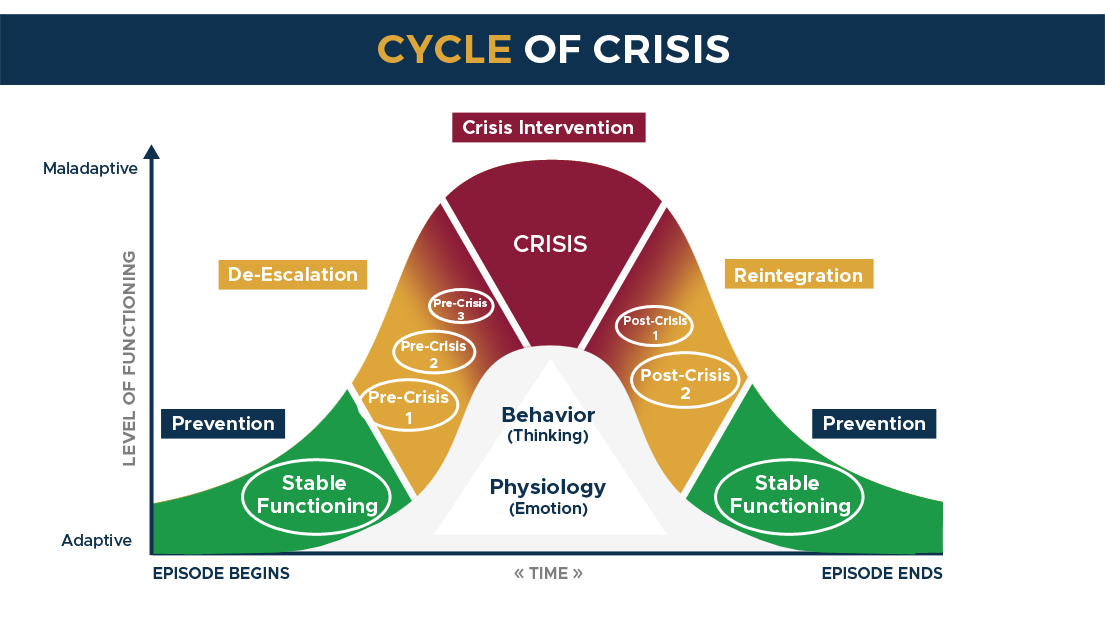DRASTICALLY REDUCE PROBLEM BEHAVIORS WITH EVERYDAY BEHAVIORTOOLS
Do your staff struggle to maintain a positive relationship with the individuals they work with?
What if your staff could really work together with their clients/students so that they do what they need to do? what if all your staff would look forward to working with your clients/students?
Are your staff having limited success in redirecting individuals away from potentially dangerous behaviors?
Would you like your staff to be able to de-escalate even the most challenging individuals they work with?
Do you think your staff's interactions are contributing to higher levels of problem behavior?
What if their interactions resulted in calm, appropriate behavior?
ELEVATE ONGOING PROBLEM BEHAVIORS INTO GOOD INTERACTIONS
The way to drastically reduce problem behaviors is by using the seven tools from the Everyday BehaviorTools Toolbox

This map illustrates the choices available to the Everyday BehaviorTools Practitioner, and are selected based on the current behavior of the individuals they work with. The behavioral tools are hierarchal in nature. Strengthen Behavior and Maximize Relationships are to be used all day, every day when interacting with those you serve. From there, the remaining tools are intended for Practitioners to use in order to address on current, ongoing challenging behavior, or to prevent the continued use of frequent misbehavior. Applying these tools is critical to increasing appropriate behavior, preventing disruptive behavior, reinforcing expectations, and creating an overall positive culture.
Using the seven tools from the toolbox will make the individuals you serve run towards your staff rather than run away from them. You always hear, “I liked that teacher, and I learned a lot from them” but never “I hated that teacher, but I learned a lot from them.”
These seven tools are called 'EveryDay BehaviorTools, because they should be used all the time, every day, and in every interaction, to help maintain clinical and positive relationships.
Depending on where an individual is along the Cycle of Crisis, these non-physical interventions will serve different functions. The tools are used as prevention strategies when an individual is in stable functioning, as de-escalation strategies when the individual is in pre-crisis, and as reintegration strategies during post-crisis.

Although similar topics are discussed within PCM, our crisis management curriculum, we use a different approach to teach these skills in our EDBT curriculum. During the EDBT training, staff will learn when and how to use these tools through role play sessions and are trained to fluency.
The seven TOOLS from this toolbox explained
Learning EveryDay BehaviorTools is all about participation in roleplay sessions, where we teach you, not just tell you, how to reduce problem behaviors.
In these sessions we teach the following seven tools:
1
Strengthen Behavior
This tool teaches your educators or staff how to identify important behavior and use reinforcement to strengthen essential skills and replacement behaviors.
2
Maximize Relationships
Your go-to tool for emotional situations and will help to establish, build and maintain relationships. It teaches your educators or staff to provide support during emotional situations by asking positive questions and showing empathy.
3
Pivot
This tool teaches your educators or staff how to avoid giving attention to ongoing problem behavior while promoting appropriate behavior.
4
Non - Reactive Response
Some educators or staff may be able to ignore bad behavior but ignoring at the wrong time can actually make things worse. Using the non-reactive response avoids the dangers of complete ignoring (e.g., it may get worse before it gets better) while still minimizing attention to the ongoing problem behavior.
5
Interrupt and Redirect
This tool teaches educators or staff the best way to intervene when an ongoing pre-crisis behavior must be stopped. Staff will learn to assess motivation and to identify a more appropriate behavior to prompt in the moment.
6
Setting Expectations
A lot of time is spent correcting problem behavior without first explaining the appropriate behavior they wish to see instead. The ‘Setting Expectations tool’ teaches your educators or staff how to establish clear behavioral expectations in positive terms, as well as the consequences for meeting or not meeting those expectations.
7
Using a Written Contract
Here, your staff learns to set expectations in a more formal and extensive manner, leading to a written contract. They learn how to identify daily, weekly and monthly expectations. Contracts like these increase your clients' and students' motivation to meet their goals.
Do you want your clients / students to run away from your staff, or run towards them?
If you think that problem behavior in your organization is non existent, or that staff not getting along with the individuals that you serve is 'just part of the job', then PCMA's EveryDay BehaviorTools are not for you. If you'd like to explore how to drastically improve relationships between your staff and the individuals they work with, then click this button to go to our contact us page to discuss if implementing EDBT can help your organization.

- GOOD INTERACTIONS
- GOOD INTERACTIONS


